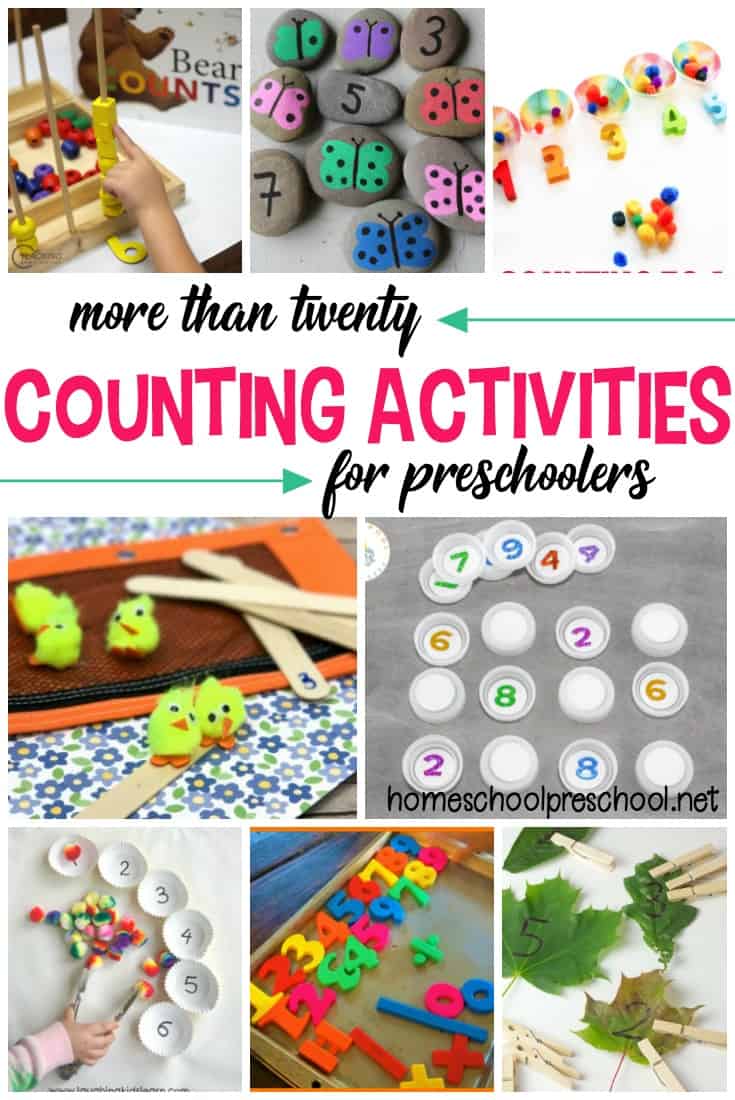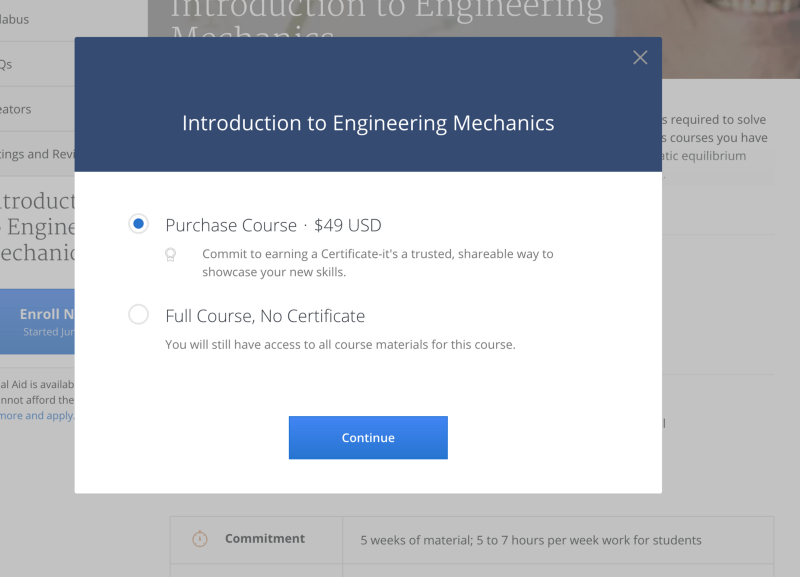
Special education refers to a type of education that takes into account the unique needs and preferences of every student. This includes individual teaching methods, adapted materials, and equipment. It also requires the creation of an accessible learning environment. It can also be described as an education system where teachers make every effort to make children feel comfortable. There are many different types of special education. We will be looking at the most common special education types in this article.
Less restrictive environments
The Least Restrictive Environment for Special Education, is a fundamental principle of public education. It stipulates that students with disabilities should be educated in a classroom with their peers. What does that mean? Every child may have a different idea of what the least restrictive environment for special education is.
The Least Restrictive Environment for Special Education is defined in the Individuals with Disabilities Education Act (IDEA). The LRE should be considered when drafting an Individualized Education Program. This is a key component of the IEP process. The IEP team must carefully consider the LRE to ensure that the student receives the appropriate services.
Individualized education plan (IEP)
An Individualized Education Plan or IEP describes how a student will learn. It also specifies the methods and services that teachers and support providers will use. Some key factors to consider when developing an IEP include assessing a student's skills in all areas related to any known disabilities, considering the impact of the student's disability on his or her learning, developing goals and objectives that correspond to the student's needs, and determining the least restrictive environment for the student.

The IEP should also describe the child’s current performance at school. This information is based on classroom assessments and individual testing. These tests are usually administered during reevaluations. You can also get information from your parents or other sources about your child's performance. You should also include information in your IEP about how disability affects your child's participation with general curriculum.
Structured education
A structured educational setting for students with special needs provides intensive supports that enable them to improve their functioning levels. Structure is offered throughout the day so students can concentrate on academic tasks as well as communication. They also benefit from the support they receive when managing their behavior. Structured education is about helping students reach their grade level by giving them routines and structure.
Students with special needs can have many needs. These may include learning disabilities, speech and language impairments, or learning disabilities. Students with special needs may also be affected by emotional, behavioral and physical disabilities like muscular dystrophies. Depending upon the type of disability, students might require more or less teachers, specialized gear, and special physical adaptations.
Discrimination
Discrimination within special education is complex. Although the IDEA can be a valuable tool to ensure equal educational opportunities for all students it still relies on widespread assumptions about race, disability and other factors. The IDEA places a lot of faith in students who are evaluating them, and this belief is based on the assumption that discrimination will be apparent in such evaluations.
How children are perceived can have an impact on how they identify as disabled people. Jesse and Michael's case shows how unconscious and structural racism influenced their perceptions. A child's disability can also be used to make difficult children eligible for additional resources or push them out of school. This could also lead to other unsavory school practices.

Response to the intervention model
The Response to Intervention (RTI) model is a teaching approach that focuses on differentiating instruction to meet individual needs. Under the model, students who do not respond to instruction are moved through a sequence of increasingly intensive interventions. This model was initially developed in special education. But it is now common in public education.
Response to Intervention is an educational strategy that can be implemented across the district for students at high risk of academic failure. It employs research-based interventions that help students reach their educational goals and improve in general education. Students are constantly evaluated to ensure that the interventions are working. The program lasts typically ten or twelve week depending on the student’s needs.
FAQ
What is a vocational school?
Vocational schools are institutions offering programs designed for people who want to enter a specific occupation. These schools may offer general education and training in the skills required by employers.
Vocational education is an important part of our society because it helps young people develop the skills they need to succeed in life. It provides high-quality learning opportunities for all students.
Vocational schools offer a variety of options for students, such as apprenticeships, certificates and diplomas, degrees, college transfers programs, and other postsecondary credentials. Vocational schools are able to teach both academic and vocational subjects such as maths, science, English, English, social studies and music.
What is a Trade School?
People who are not able to succeed at traditional higher education institutions can earn a degree through trade schools. These schools offer career-focused programs that prepare students for specific jobs. These programs require students to complete two years of coursework in one semester. After that, they enter a paid apprenticeship program in which they acquire a job skill and get on-the-job training. Trade schools include vocational schools, technical colleges, community colleges, junior colleges, and universities. Some trade schools also offer associate degrees.
How long should you spend on college preparation?
How much time you have available to study and how long it takes to prepare for college will determine the amount of time you spend on preparation. It is a good idea to start college preparation courses immediately if your goal is to attend college as soon after you graduate high school. However, if you have plans to wait several years before starting college planning, then you don't necessarily need to do so until later.
You should discuss your plans with your parents and teachers. They might suggest specific courses. Keep track of all the courses you have taken and the grades you earned. This will enable you to plan for next year.
What is early child education?
Early Childhood Education focuses on helping children grow into happy and healthy adults. It can teach them everything, from reading to getting them ready for kindergarten.
Early childhood education is designed to help children grow and learn by providing them with appropriate experiences.
Early childhood educators often have to assess each child's developmental needs. This helps to decide whether a particular program is best for each child.
Parents have the chance to interact with teachers, other professionals and parents who have worked with young children.
The role of parents is equally important in the early childhood education. They should be able and willing to help their children in any way they can.
Parents can also participate in activities designed to teach their children skills they will need throughout their lives.
Preschool education is sometimes called early childhood education. However, this term can be used interchangeably with daycare centers. Prekindergarten education begins at three years of age, but early childhood education can begin around three.
What is an alternative school?
The idea behind an alternative school is to offer students with learning difficulties access to education by providing them with support from qualified teachers who understand their individual needs.
The aim of an alternative school is to provide children with special educational needs with the opportunity to learn within a normal classroom environment.
In addition, they are also given extra help when needed.
Alternative schools are not only for those who are excluded from mainstream schools.
They are available to all children, regardless of their ability or disability.
What are the different types of early childhood education?
There are many different ways to describe early childhood education. The most common ones include:
-
Preschool - Children ages 2 to 5
-
PreKindergarten- Children from 4-6 years of age
-
Head Start/Headstart - Children from 0-3 Years
-
Day Care/ Daycares for children 0-5
-
Child Care Centers – Children aged 0-18
-
Family Childcare - Children between 0 and 12 Years Old
-
Home Schooling - Children ages KG to 16
Statistics
- Data from the Department of Education reveal that, among 2008 college graduates, 92.8 percent of humanities majors have voted at least once since finishing school. (bostonreview.net)
- And, within ten years of graduation, 44.1 percent of 1993 humanities graduates had written to public officials, compared to 30.1 percent of STEM majors. (bostonreview.net)
- “Children of homeowners are 116% more likely to graduate from college than children of renters of the same age, race, and income. (habitatbroward.org)
- These institutions can vary according to different contexts.[83] (en.wikipedia.org)
- They are more likely to graduate high school (25%) and finish college (116%). (habitatbroward.org)
External Links
How To
What is vocational education?
Vocational Education prepares students for work by giving them skills that are required for a specific job, such as welding. Vocational Education also offers apprenticeship programs that provide on-the-job training. Vocational education is distinct from general education as it focuses more on training individuals for specific jobs than on learning broad knowledge that can be used in the future. Vocational education's goal is to help students find employment after they graduate.
Vocational education may be provided at all levels of schooling, including primary schools, secondary schools, colleges, universities, technical institutes, trade schools, community colleges, junior colleges, and four-year institutions. In addition, there are many specialized schools such as culinary arts schools, nursing schools, law schools, medical schools, dental schools, veterinary medicine schools, firefighting schools, police academies, military academies, and other military schools. Many of these schools provide both academic instruction as well as practical experience.
Over the past decade, a number of countries have made substantial investments in vocational education. These include Australia, Denmark and Finland, Germany. It is still controversial whether vocational education is effective. Some critics argue that it does little to improve students' employability; others argue that it provides useful preparation for life after school.
The U.S. Bureau of Labor Statistics has estimated that 47% of American adults hold a postsecondary certificate or degree related to their current occupation. This figure is higher among those with more education: 71% of workers aged 25-29 with a bachelor's degree or higher are currently employed in fields requiring postsecondary credentials.
The BLS reported that almost half the adult population of the country had at least one form of postsecondary credential as of 2012. Around one-third of Americans hold a two or four-year associate degree. One in five Americans has a master's or doctorate.
In 2013, the median annual wage for persons holding a bachelor's degree was $50,900, compared to $23,800 for those without a degree. For advanced degrees, the median annual wage was $81,300.
The median wage for those who didn't complete high school was $15,200. For those who did not complete high school, the median annual salary was only $15,200.